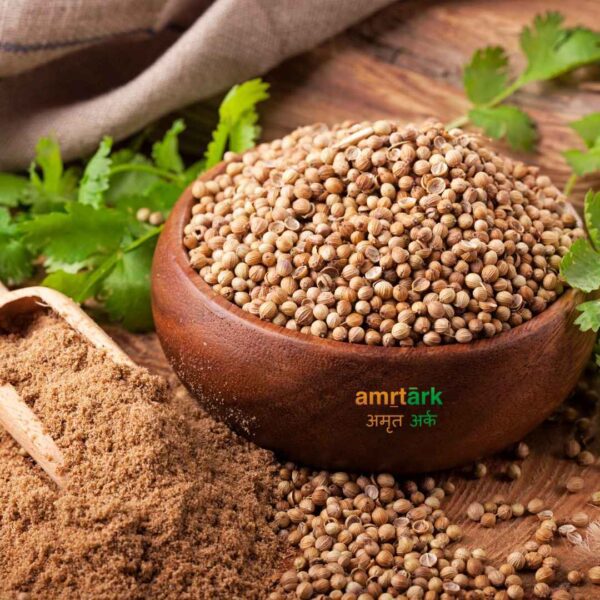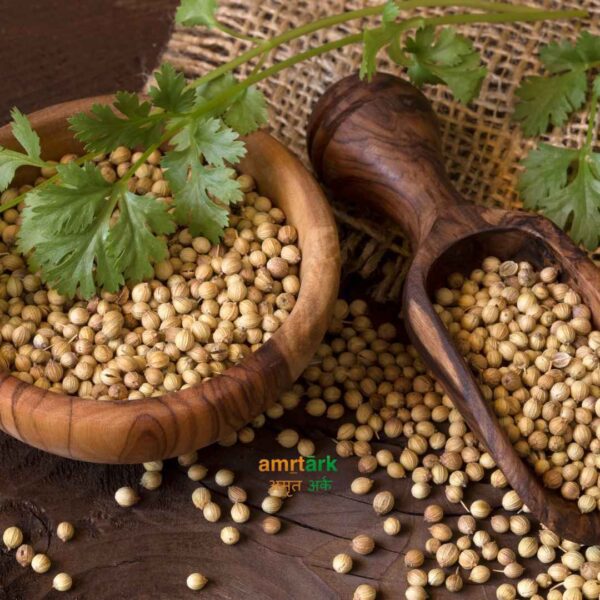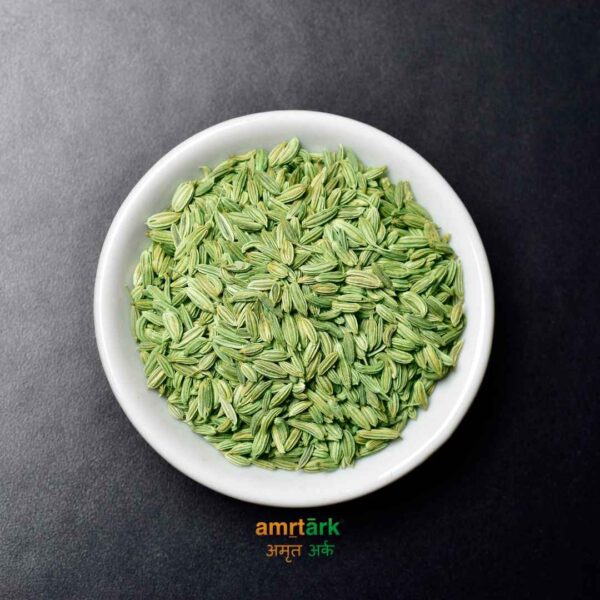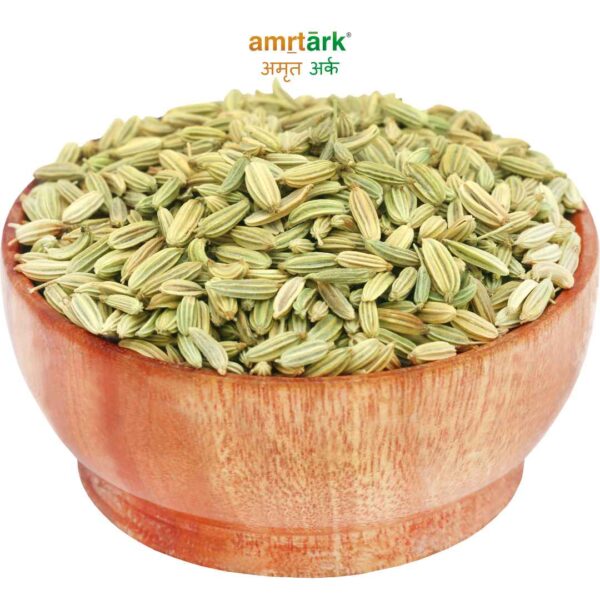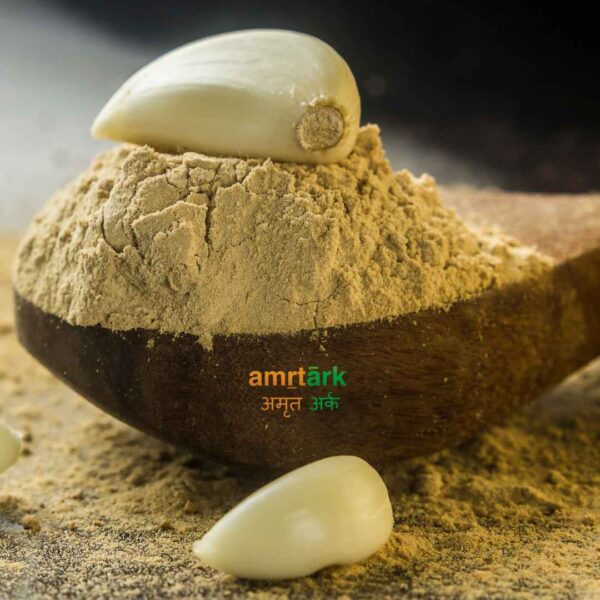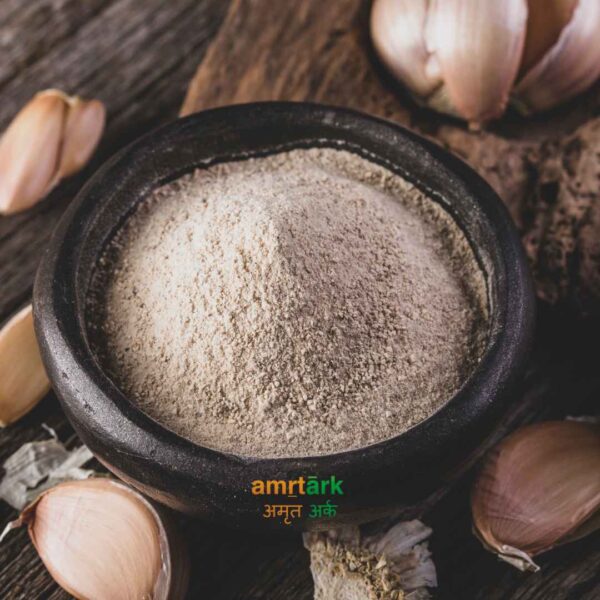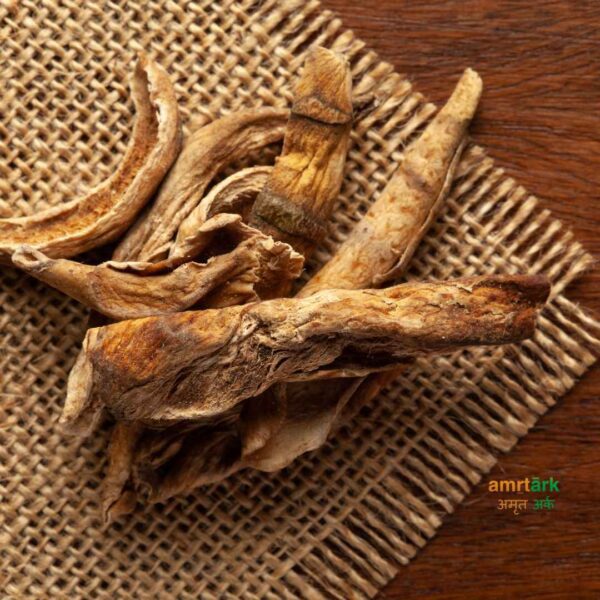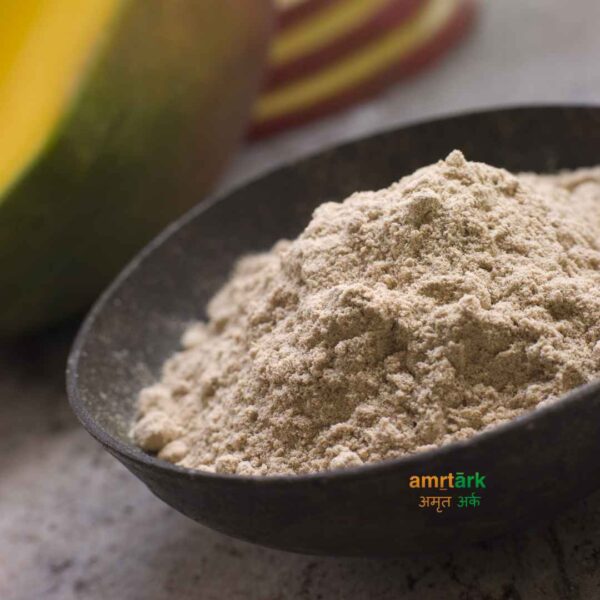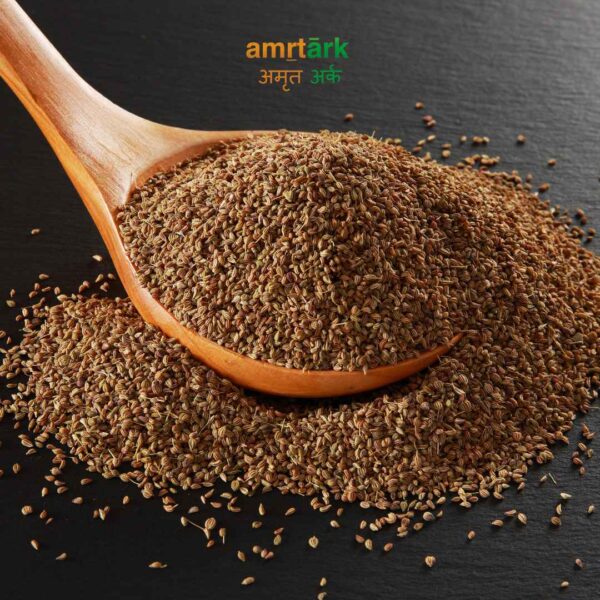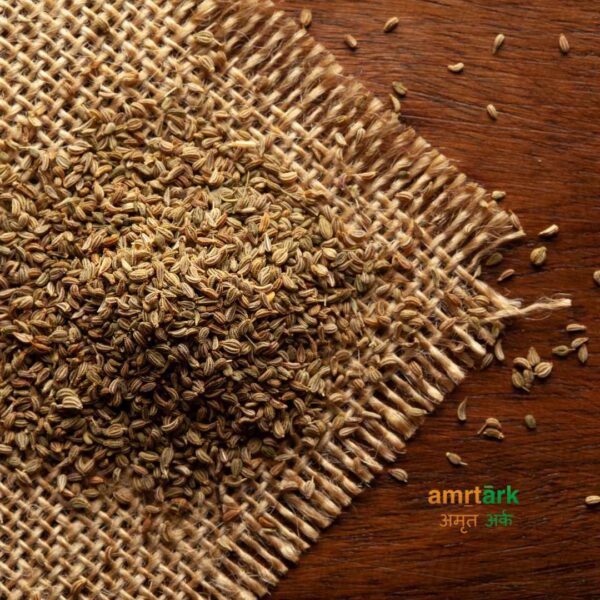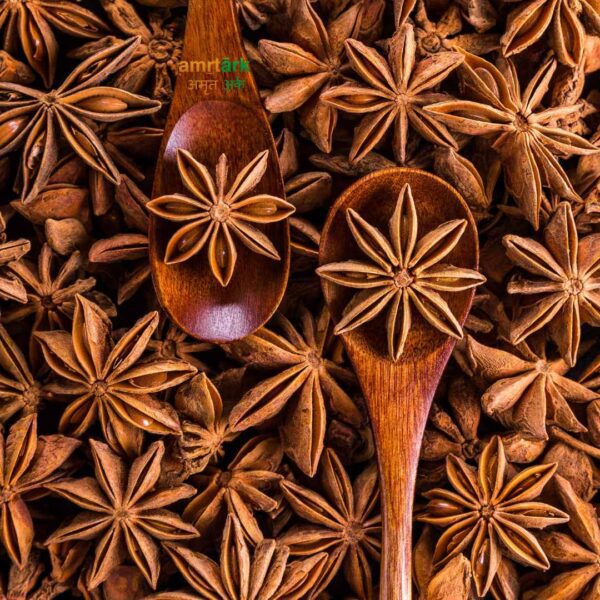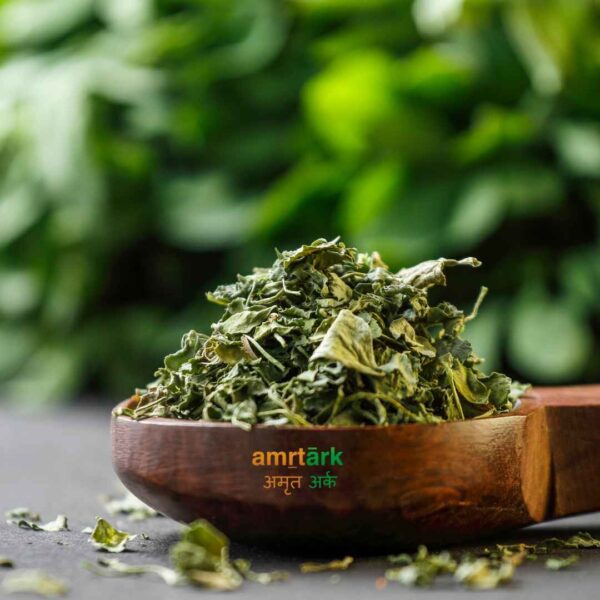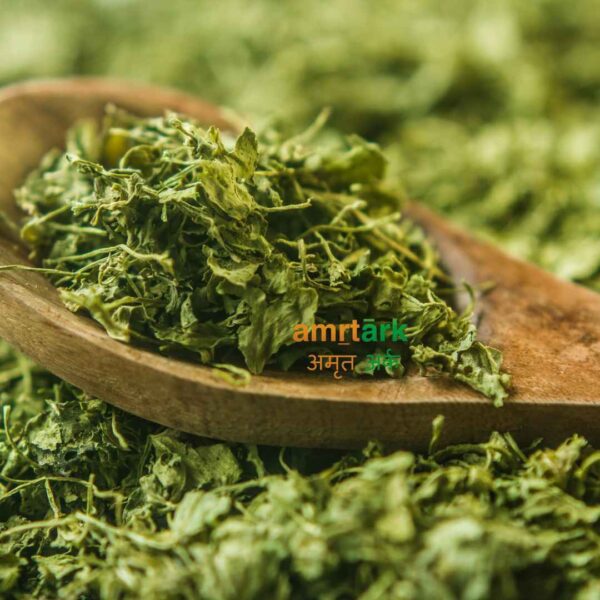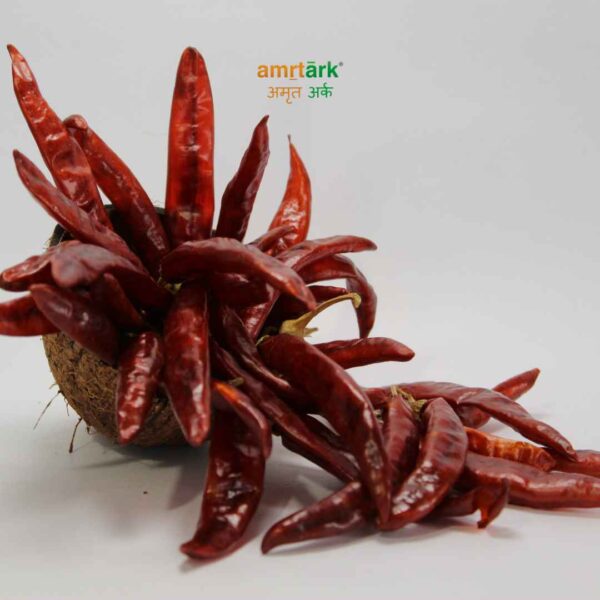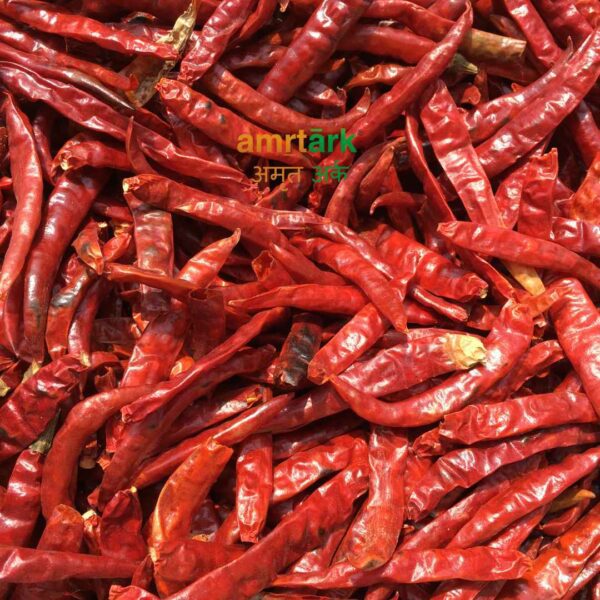Coriander Seeds
Coriander seeds, obtained from the plant Coriandrum sativum, are small, round, and beige to light brown in color. These seeds are commonly used in various cuisines around the world for their warm, citrusy, and earthy flavor. While the fresh leaves of the plant are known as cilantro or fresh coriander, the dried seeds offer a distinctly different flavor profile and are a popular spice in both whole and ground form. Coriander seeds are an essential ingredient in spice blends, curries, and pickles, and they offer several health benefits, particularly related to digestion and inflammation.
Botanical Characteristics
- Common Names: Coriander seeds, dhaniya seeds, cilantro seeds
- Scientific Name: Coriandrum sativum
- Family: Apiaceae (the carrot or parsley family)
- Origin: Native to the Mediterranean and Middle Eastern regions, coriander is now cultivated in many parts of the world, including India, Egypt, and South America.

